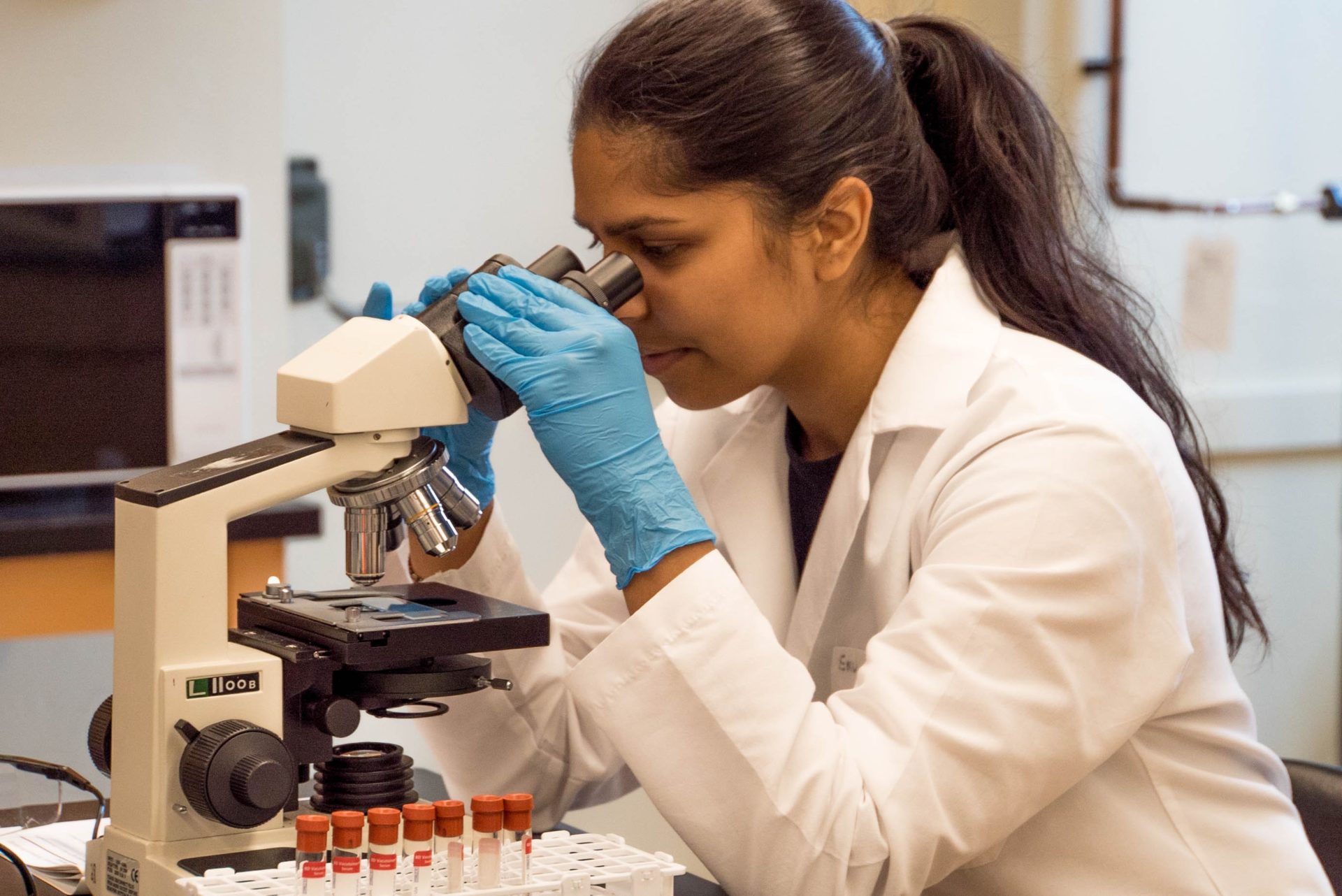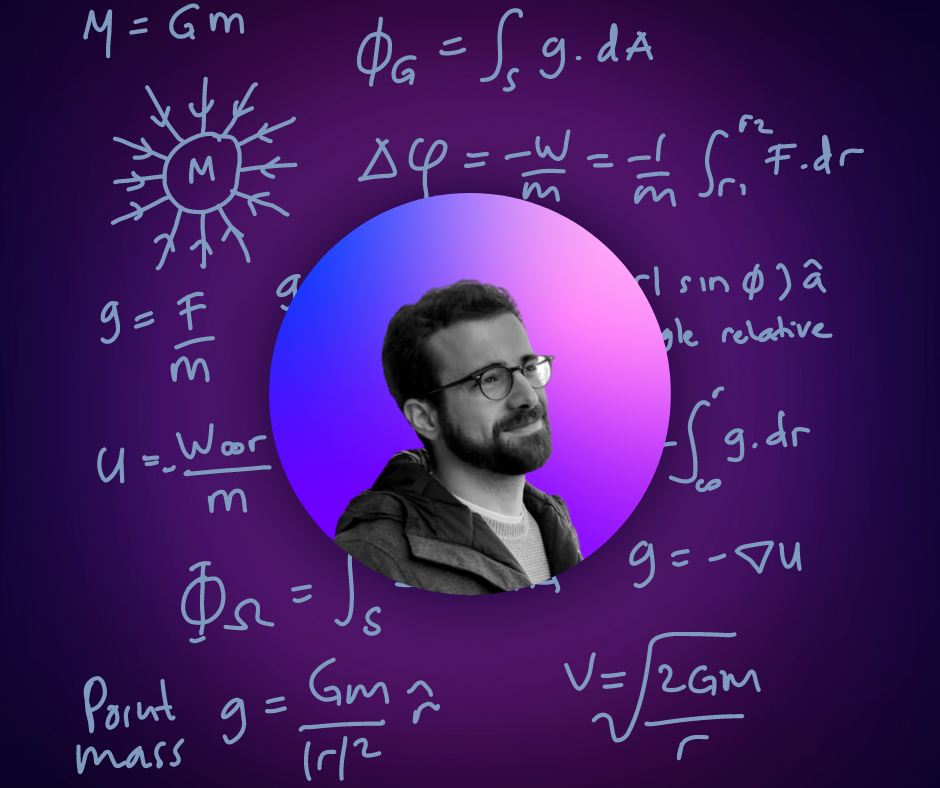How can Artificial Intelligence help in Blood Cell Analysis?
Millions of patients go for blood tests every day, whether it be for a routine checkup, to monitor a pre-existing condition, or to come up with a diagnosis. The analysis and counting of the different blood cells, includi...

Millions of patients go for blood tests every day, whether it be for a routine checkup, to monitor a pre-existing condition, or to come up with a diagnosis. The analysis and counting of the different blood cells, including red and white ones, are typically performed manually. This means that experienced laboratory technicians examine each blood sample individually. However, as in other industries, systems of Artificial Intelligence (AI) for blood cell analysis are about to disrupt diagnostics.
In particular, the Computer Vision technologies of machine learning can help haematology specialists get more accurate results faster by automating part of the process. Therefore, it becomes possible to provide patients with meticulous results in a short time.
What is blood cell analysis?
Before delving into a specific use case, let us explain what blood cell analysis is. As the name suggests, this procedure involves examining a blood sample to learn more about its characteristics.
The sample is usually taken from an arm, finger, or earlobe vein. In some circumstances, bone marrow blood cells may also be analysed.
Blood cell analysis is one of the most frequent tests prescribed by physicians to monitor patients’ health status. Abnormal values can warn of conditions such as platelet deficiency, infections, different forms of leukaemia, anaemia or coagulation disorders.
However, if values are in the normal range, the bone marrow can produce blood cells correctly, with no infections present. Laboratory tests that concentrate on the various components of blood, such as red blood cells, white blood cells, and platelets, are commonly used to analyse blood cells.
This test allows doctors to detect, count, and classify the different types of blood cells. Moreover, experts can detect abnormal cells if present, opening the door for early blood disease diagnosis.
The Complete Blood Count
One of the most popular blood tests is the complete blood count (CBC). This test offers comprehensive details on the three main types of blood cells:
- red blood cells,
- white blood cells,
- platelets.
The CBC evaluates factors such as haemoglobin concentration, and hematocrit (number of red blood cells present). All of these aid in determining anaemia risk and assessing the body’s ability to carry oxygen.
A differential count of various types of white blood cells as well as the total count are also provided by the CBC. An elevated white blood cell count could be a sign of leukaemia, infections, or immune system issues.
Platelets are involved in blood clotting. Measuring them is crucial in determining a patient’s risk of bleeding or clotting problems.
How can AI be used in blood cell analysis?
Real-time analysis of blood cell images can be achieved through the use of AI algorithms, facilitating speedier and more effective diagnosis. This is especially crucial in medical settings where prompt action can have a big impact on how patients fare.
Machine learning systems have the ability to automatically produce reports that summarise the analysis’s findings. This can then help medical professionals make well informed decisions quicker.
Real-time diagnostics using AI
AI can assist in forecasting patterns and possible health hazards by examining patient data from the past. Predictive analytics can also be useful in identifying individuals who are more susceptible to specific blood disorders or complications.
By using AI for blood cell analysis, real-time diagnostics can be achieved. This leads to quicker results and prompt interventions, which is especially crucial in emergency decision making.
Machine learning can help with quality control by highlighting possible problems with blood cell analysis, like picture artefacts or inconsistent results. This adds to the validity of the diagnostic results.
Training machine learning algorithms for blood cell analysis
Artificial intelligence algorithms can be trained to recognise patterns linked to a range of blood conditions. AI can help with early disease detection and classification by examining the characteristics of blood cells.
AI is also able to identify aberrant white blood cell morphology that is suggestive of abnormalities such as leukaemia. Blood cell parameters like cell counts, size distributions, and other morphological characteristics can be quantitatively analysed by AI.
For the diagnosis and ongoing observation of a variety of medical conditions, this information can be helpful. By lowering the possibility of human error, automated quantification enables high-throughput analysis of substantial datasets.
Can machine learning help to detect leukaemia?
The term leukaemia collectively refers to the group of blood cell cancers. This group of cancers typically start in the bone marrow and result in a high number of abnormal blood cells.
Based on the type of blood cells affected and the cancer progression speed, we distinguish between various types of leukaemia. In every case, early detection and diagnosis are vital to the possibility of a cure.
It is paramount to identify malignant cells with high accuracy to reach a correct diagnosis. However, distinguishing abnormal cells from normal ones under the microscope is a challenging task. In fact, the morphological images of the two cell types appear very similar.
Utilising Artificial Intelligence for blood cell analysis
This is where Artificial Intelligence comes into play. Indeed, not only can Computer Vision systems help pathologists and oncologists make quicker and data-driven inferences, but they could also detect details that might otherwise escape the human eye.
Large datasets of microscopic images of blood cells, including both healthy and leukemia-affected cells, can be used to train AI algorithms. These algorithms are capable of picking up on the distinct traits and irregularities connected to leukaemia.
Machine learning algorithms can be trained to distinguish between blood cells that are normal and those that are suggestive of leukaemia, from labelled datasets. AI systems can generate automated reports summarising the results of the analysis, potentially assisting healthcare professionals in making faster and more informed decisions.
What is the solution we applied in this case?
To assess the feasibility of employing an Artificial Intelligence solution for blood cell analysis and leukaemia diagnosis, we studied the case of Acute Lymphocytic Leukaemia (ALL). This is a particular type of leukaemia characterised by the rapid development of a large number of lymphoblasts (i.e., immature white blood cells).
The aim is to detect whether a white blood cell is abnormal or not so that cancer can be diagnosed. The solution we implemented is based on an artificial neural network. Specifically, it is a Convolutional Neural Network (CNN).
This particular Deep Learning architecture – inspired by the biological processes within the animal visual cortex – can analyse the content of images. In practice, by processing the data contained in the pixels, the network learns its way of interpreting images and automatically extracts the distinctive features of the blood cell.
During our study, we first performed a segmentation of the microscopic images. In this way, we obtained multiple images, each containing a single blood cell. Then, we trained the network to distinguish normal from malignant cells in inference.
What are the final results of this study?
Our study resulted in an accuracy of 99%. This means that, out of 100 cells, the system misclassified only one normal cell as malignant or vice versa. This shows how, despite the task’s difficulty due to the visual similarity between normal and abnormal cells, the latest advances in Artificial Intelligence allow for excellent results in blood cell analysis.
Moreover, the results are reliable, and the system of Artificial Intelligence for blood cell analysis is scalable and can operate in a matter of seconds. This means that clinics who utilise artificial intelligence in blood cell analysis will perform tests faster and at a lower price – while maintaining the same quality.
Final thoughts
Nonetheless, it is important to emphasise that no machine learning system is perfect. In a critical field such as medicine, an expert must always assess all possible outcomes.
Therefore, the ultimate goal will never be to replace physicians and specialists with AI technologies. Rather, Artificial Intelligence must become an indispensable tool in the healthcare sector, assisting clinicians in achieving their main objective, which is to give patients the best care possible.
Author: Federica Baldi



